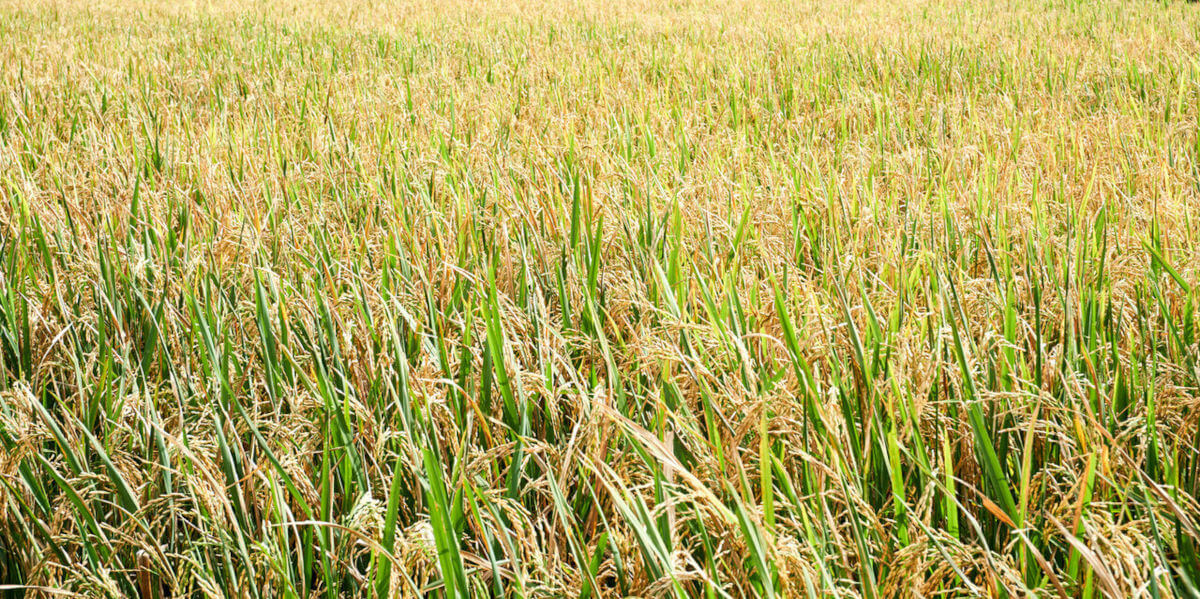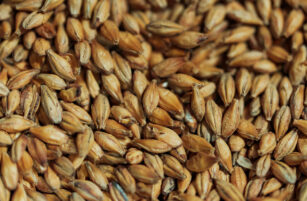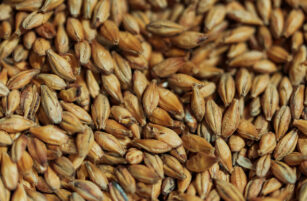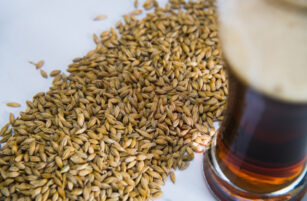Insight Focus
Spring weather boosts European wheat, but dryness hits US crops. Wheat stocks are near a 10-year low, with funds much shorter than last year. This is keeping prices low but vulnerable to rapid weather-driven rallies.
Spring is a wonderful time of year when the sun and general warmth return, allowing winter wheat crops to emerge from dormancy, ready to tackle the growing season ahead. Meanwhile, spring crops are planted in the warming soils, racing through their growth stages toward the upcoming harvest.
This is also the time of year when headline stories, particularly those forecasting the weather prospects for the upcoming harvests, become a focus for traders.
History, not least 2024, shows us what may be in store for prices as they react to weather extremes, war and political movements. While 2025 will eventually become history, for now, we are in the present, and trying to predict what happens next is what makes the world of wheat forever fascinating!
What Did 2024 Show Us?
In 2024, we saw repeated stories concerning the poor state of Western European crops following flooding and persistent wet through the first half of the wheat growing season. This combined with a lack of rain in both Russia and the US saw crop ratings falling and prices rising.
As funds raced to buy in their shorts, wheat prices on both sides of the Atlantic rose at a truly rapid rate up until the end of May.

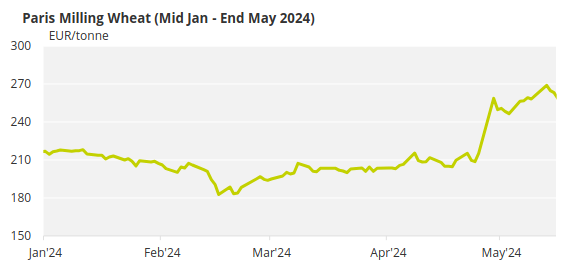
Wheat Stocks Near 10-Year Low in 2025
As we look to 2025 wheat crops, a dryness has plagued both Black Sea and US wheat throughout this growing season. Funds are considerably shorter on both sides of the Atlantic compared to this time last year.
World wheat ending stocks continue to dwindle, nearing a 10-year low. The latest USDA WASDE estimates the 2025 crop at 260.08 million tonnes, compared to 269.50 million tonnes at the end of the 2024 marketing year.
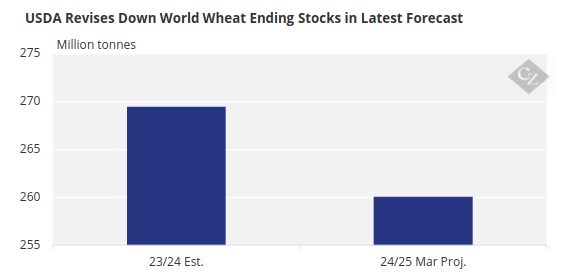
Source: USDA
US President Trump appears set on creating global economic instability with an isolationist US policy of trade tariffs on all major trading partners.
Russia’s invasion of Ukraine continues, as it did in 2024, with ongoing horrific human suffering and seemingly no serious peace deal in sight.
Weather extremes experienced in recent years do not appear to be easing in 2025, leaving the coming months as unpredictable as ever.
Wheat prices around the world are trundling along near the bottom of their recent lows, with seemingly little enthusiasm to push them higher.
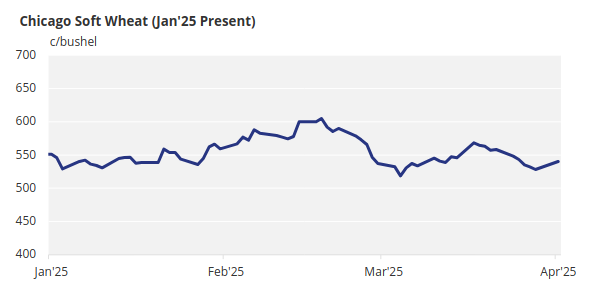
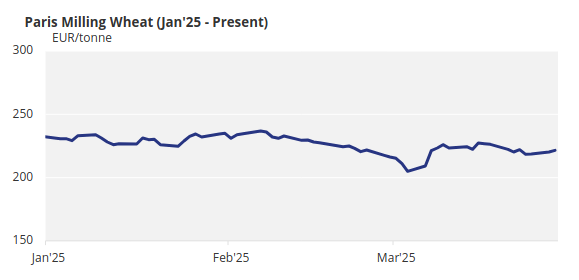
Conclusions
- Spring weather will be vital to the success of the smaller forecasted Russian crop this year, as well as helping the lower number of acres planted in the US.
- Funds are significantly shorter in wheat markets across the world, which should give some support to prices near their lows, and could rapidly fuel any weather driven rally, as seen in 2024.
- Trade wars will concern economists, which could negatively impact general global demand.
- An escalation or move towards peace in Ukraine will inevitably have an impact one way or another, as Russia and Ukraine together account for 25-30% of global wheat exports.
- Every year is different, but history and seasonal moves often repeat, making them prominent in people’s minds.
- Extreme weather, unexpected politics and economic woes all have the potential to trigger extraordinary price movements.
- 2025 will be its own year, but rest assured, turmoil is rarely far off in the world of wheat!
